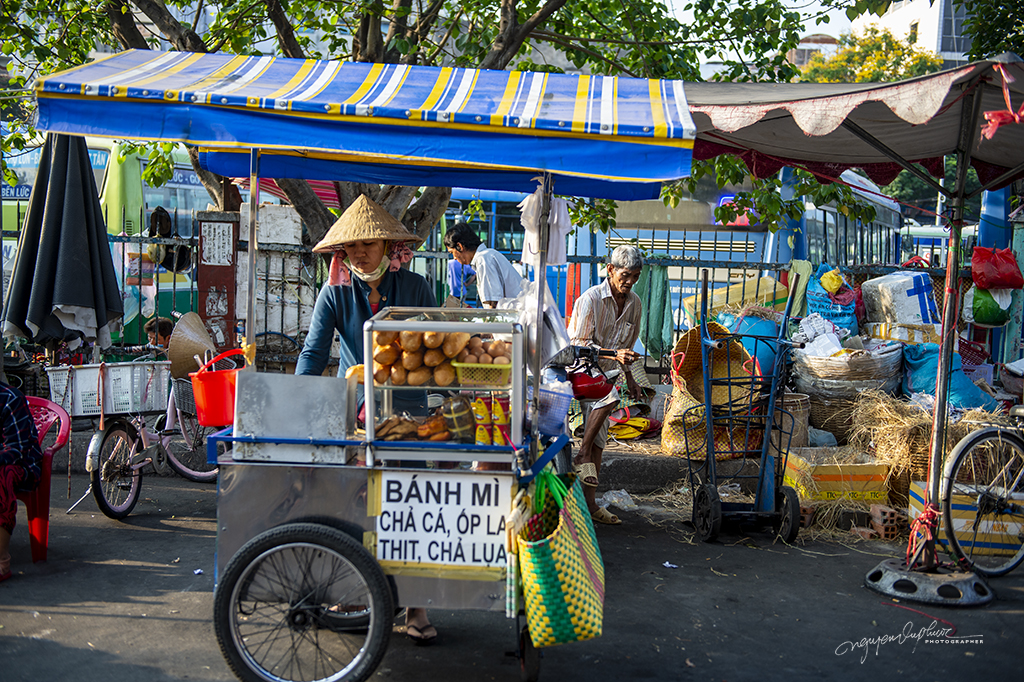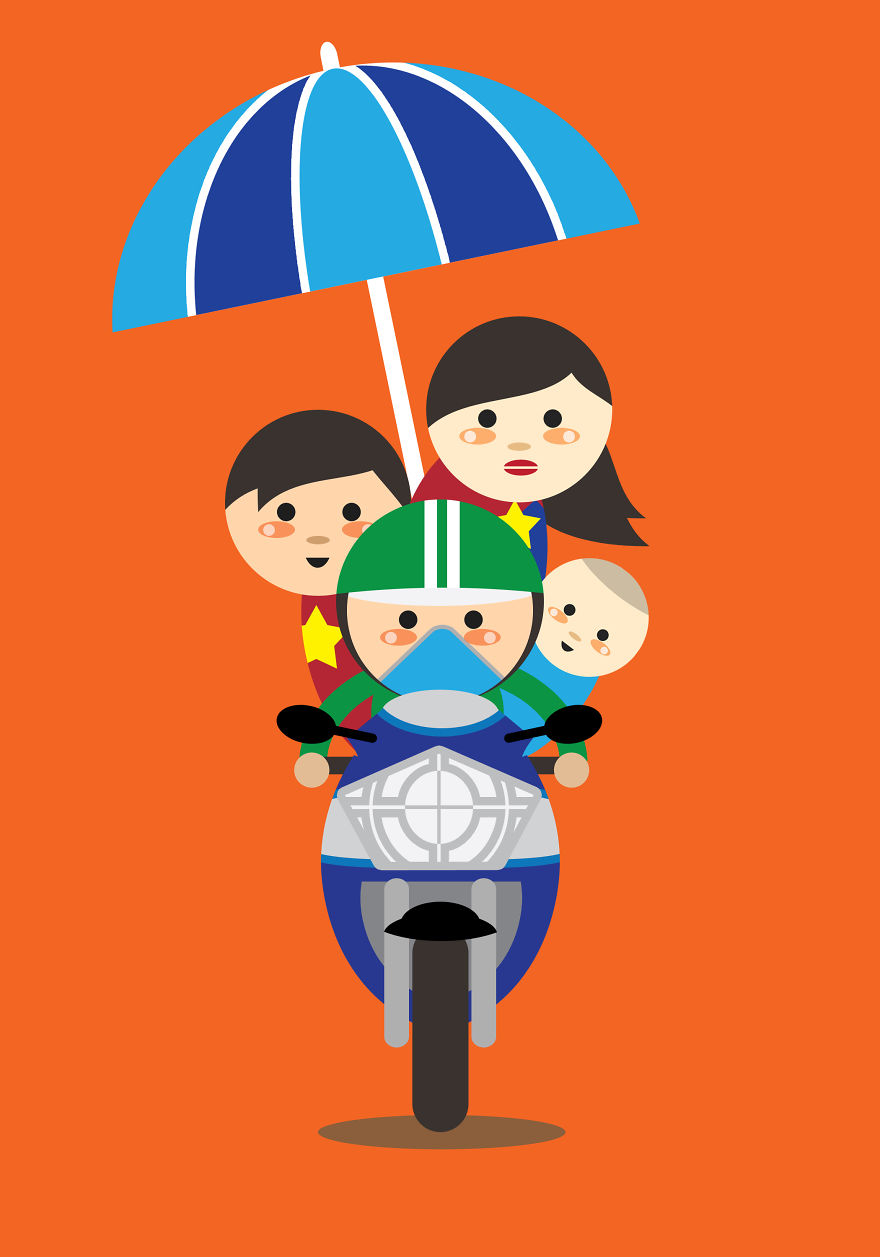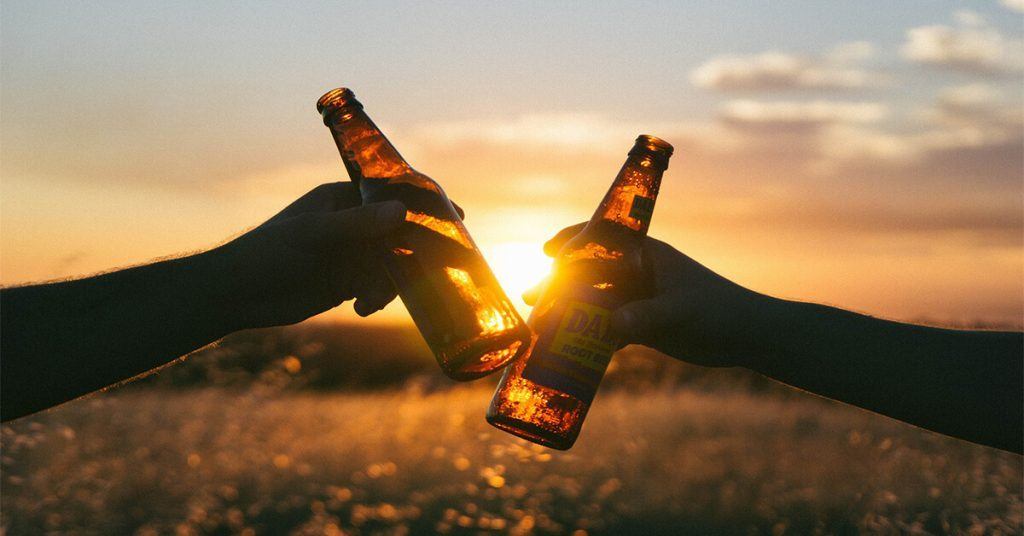Vietnam, a country of more than 96 million people which shares border with China, Laos and Cambodia, is nowaday achieving massive development since 40 years living in peace.
With an area of 331,690 square kilometers stretching from North to South with a long coastline of 3,260 kilometers, tropical climate and numerous attractions, Vietnam is well known for its magnificent scenery and colorful hill tribes, majestic mountains and white sandy beaches.
SOME FACTS ABOUT VIETNAM
1.COFFEE
Vietnam is the second largest coffee producer in the world, after Brazil, and yes, the Vietnamese really enjoy their coffee. Which in turn is great for us tourists/expats, as the coffee is very cheap and refreshing.
Vietnam produces and drinks a huge amount of coffee. Coffee is more than just a drink in Vietnam, it’s a way of life. French colonists first introduced coffee to Vietnam in 1857. It has become embedded in the local culture ever since.
Seriously, Vietnamese coffee, complete with a measure of condensed milk is so good. So good that you’ll be taking some home with you, we can (almost) guarantee it!
2.Largest cave in the world

Son Doong cave is considered the largest world where humans have discovered so far. The cave is located in the Phong Nha-Ke Bang National Park, Quang Binh Province, Vietnam. With sections reaching up to 200m tall and 150m wide and a total measured volume of 38.5 million cubic metres, Son Doong could store about 68 Boeing 777 aircraft. Even this figure may be larger because according to scientists, the most modern facilities of today has not fully explore the real length of this cave.
It was found in 2008 by a local named Ho Khanh and was opened to the public in 2013. Expeditions are allowed only through one company, Oxalis, who has a legal permit to run tours. The government only releases around 300–500 permits yearly. You need to be extremely fit and yes, have money as a tour costs 3000 USD, but it is money well spent.
3. Street food

In Vietnam, a country spoiled for choice when it comes to food, some U.S. fast food chains are struggling to compete with the local competition.
A country filled with so much regional diversity warrants a diversity in cuisine and dishes, and it can be overwhelming trying to pinpoint certain specialties you need to try.
There’s no singular place offering the best street food in Vietnam, instead, it can be found across the country.
Vietnam has 540,000 food stores, including 430,000 street vendors, 80,000 restaurants, 22,000 cafes and bars, and only 7,000 fast food stores.
A foodie paradise, light on the pocket, and soul-stirring, street food in Vietnam is an experience you must not miss. Vietnamese street food cuisine was complimented by tourists and mentioned as one of the worldwide most-delicious street food cuisines by serious newspapers in the world.
Additionally, the price of street food in Vietnam is the least of your worries, as it is all affordable. We fully recommend embracing the adventure that is street food. Once its done, you’ll never see food the same way again.
4. Motorbike

Motorcycles/ bikes, for more than two decades, are the most widely used modes of transportation by the people in Vietnam. With 45 million registered motorbikes on a 92 million population headcount, Vietnam has one of the highest motorbike ownership rates worldwide.
Walking on the street in Vietnam, you can see it is just look like a rock ballad concert with various means of transport with motorbikes, bicycles, taxis, pedestrians moving along the street.
These are some tips to help you travel on a motorbike in Vietnamese traffic:
- Waiting for a local person and becoming his shadow when you want to cross the street.
- Having faith on your riders/ drivers skill.
- Do not start and stop unsurely, do not hesitate in the middle of the street because other drivers will not able to predict your movements accurately and avoid you safely.
- Don’t fear the horns. In Vietnam, when somebody use the horn, it is just a way to say “Hey buddy, I’m here/ coming. Watch out!”
- Keep calm and enjoy Vietnam!
5. Free Wifi

WiFi networks are reliable and can be easily found pretty much everywhere in major cities. You can get free access to the Internet in most coffee shops, hotels, fast food franchises, even in the main walking streets. If the Wifi is secured by passwords, don’t hesitate to ask staff for it. No surcharge is applied.
6. Legal drinking age

The legal age in Vietnam that is currently set for drinking is 18, which means Vietnamese can only buy, drink, sell, or join the production of alcohol when reaching the age of 18.
7. Nguyen
More than 40% of the Vietnamese population has Nguyen (pronounce: ‘win’) as their family name, meaning one in every three people in Vietnam has this as their last name.
Meaning “musical instrument” and actually rooted in Chinese, Nguyen is an interesting name that you’ll encounter throughout the world.
Vietnamese personal names generally consist of three parts: last name, middle name(s) and given name, used in that order.
A Vietnamese name is usually 3-word long but it could have 2, 4, or even more words. For example:
- Lê Lợi (2 words)
- Lý Thái Tổ (3 words, popular)
- Nguyễn Thị Minh Khai (4 words)
- Lê Hoàng Hiếu Nghĩa Đệ Nhất Thương Tâm Nhân (9 words, aka the longest Vietnamese name so far).

Next time, don’t be confuse when your Vietnamese friends introduce you with all their last names are Nguyen, call them by their given name.
In 19th century, Vietnam was a territory of the French. The French had a large scale population investigation during that period and faced a huge challenge which was that many Vietnamese people didn’t have a correct last name. So the French decided to give those people a last name, and they chose Nguyen. They chose this name due to it being the final monarchy in Vietnam.
8. Rice

Rice is a staple food in Vietnam.
While the Westerners live on potatoes and wheat, it is rice for Vietnamese. As the second-largest rice exporter in the world, rice happens to be every meal in Vietnam, just like “white on rice”. From breakfast with a bowl of pho, vermicelli, to lunch and dinner with steamed rice and even as ingredients in food making, it is hard for you to find any dish without rice.
9. Family-style meal

When travelling to Vietnam, you should try a Vietnamese family meal to feel the warmness and kindness of the local people.
As in many countries in Asian, people tend to eat “family style”, sharing dishes. Each gets a plate or bowl with rice, then shares with everyone else the bowls of food set in the middle of table.







